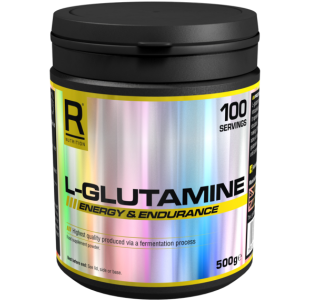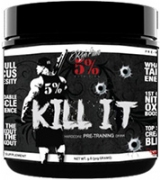
Glutamine has become more prominent as new studies reveal it's unique contribution to protein synthesis (muscle growth), anti-proteolytic (prevents muscle tissue breakdown) functions and growth...
Read more34%!
Glutamine has become more prominent as new studies reveal it's unique contribution to protein synthesis (muscle growth), anti-proteolytic (prevents muscle tissue breakdown) functions and growth hormone elavating effects. Glutamine is the most abundant single amino acid in the blood and in the intracellular free amino acid pool (most abundant amino acid in muscle tissue). It comprises 61% of the amino acid pool in skeletal muscle. Glutamine's unique structure, containing two nitrogen side chains, consists of 19% nitrogen - making it the primary transporter of nitrogen into the muscle cell. In fact, glutamine alone is responsible for 35% of the nitrogen that gets into the muscle cell. Glutamine literally drives muscle building nitrogen into the muscle cell where it is synthesized for growth. Glutamine concentrations fall markedly after training and remain low until complete recovery. This fall in glutamine is catabolic to muscle tissue. Supplementing with glutamine spares free glutamine in muscle tissue, counteracts the fall in muscle protein synthesis, and improves nitrogen balance.



